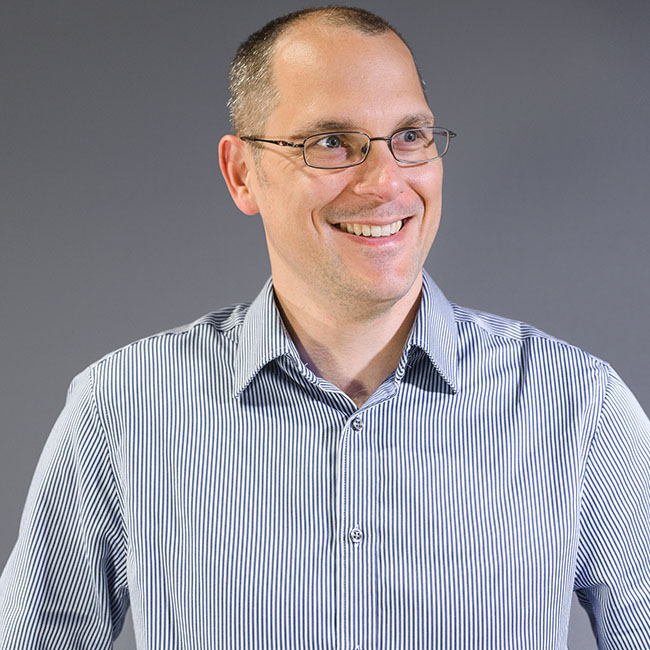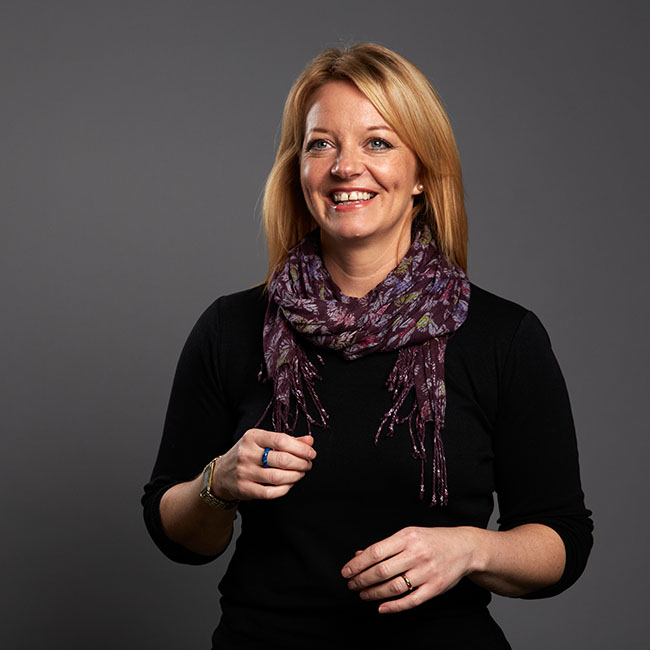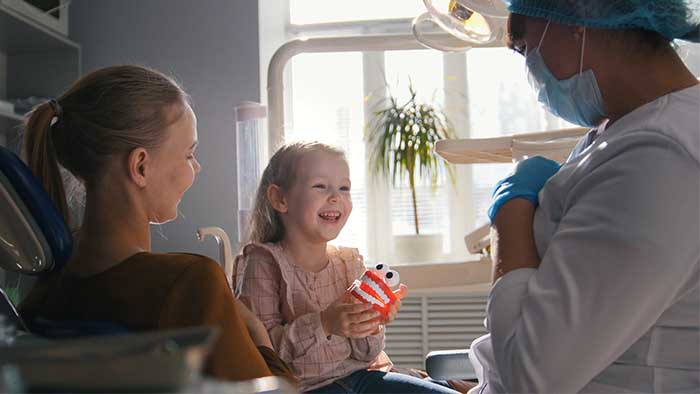
About this project
Explore the people and organisations behind this research, and find related publications by the research team.
Research team
Dr Neil Cross Professor Malcolm Clench Professor Chistine Le Maitre Dr Laura Cole Dr David SmithRelated courses
Our teaching is informed by research. Browse undergraduate and postgraduate courses with links to this research project, topic or team.
Get in touch
Find key contacts for enquiries about funding, partnerships, collaborations and doctoral degrees.
How we’re working to reduce the use of animal testing in medical research
Associate Professor in Cancer Biology and Course Leader BSC (Hons) Biomedicine and Health Science
Follow on Twitter | Connect on LinkedIn | Follow on InstagramStaff

Professor Malcolm Clench
Professor of Mass Spectrometry, Head of the Biomolecular Sciences Research Centre

Professor Christine Le Maitre
Professor of Cell Biology and Tissue Regeneration

Dr David Smith
Reader in Biochemistry, Course Leader MSc Molecular and Cellular Biology and National Teaching Fellow
Read more
About this project
Explore the people and organisations behind this research, and find related publications by the research team.
Research team
Dr Neil Cross Professor Malcolm Clench Professor Chistine Le Maitre Dr Laura Cole Dr David SmithRelated courses
Our teaching is informed by research. Browse undergraduate and postgraduate courses with links to this research project, topic or team.
Get in touch
Find key contacts for enquiries about funding, partnerships, collaborations and doctoral degrees.





